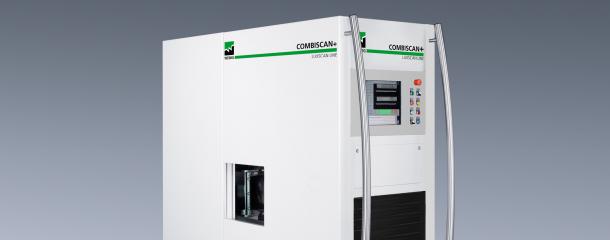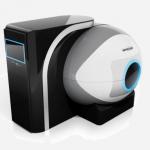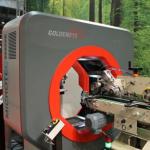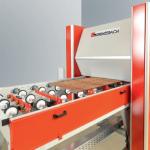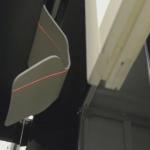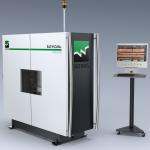Wood scannerWood scanners, equipped with top modern technology, are the most effective means for checking, evaluating and optimising wood products. They are being applicated in the production of windows, doors, furniture, flooring, parquet, laminated, solid wood and profiled wood. Technical basisHandicraft workFor a long period of time the human eye and individual experience have been the only way of perceiving, proofing, evaluating and classifying the quality of wood such as working material. Fully automated productionModern measuring and analytical technology determines various data during the throughfeed and transfers the data into the software system. Within fractions of a second the data are compared with production and quality input. The results being transferred to the control, the corresponding production steps are made. Scanners play a key role in hightec production lines. In most cases they are configured to a specific application, including several measuring systems combined according to wood and required product. There are among others:
Criteria/ Measurements
ApplicationsDepending on the application, the scanners have individually adjusted properties for various areas, such as:
Influences on the measuring resultsScanners can be equipped for analysing both wet and dry wood, as well as raw material with roughly sawn or milled surface. There is one basic rule, yet:
|
Images
Series (30)


